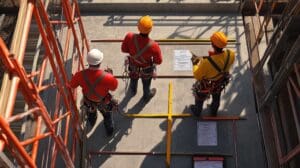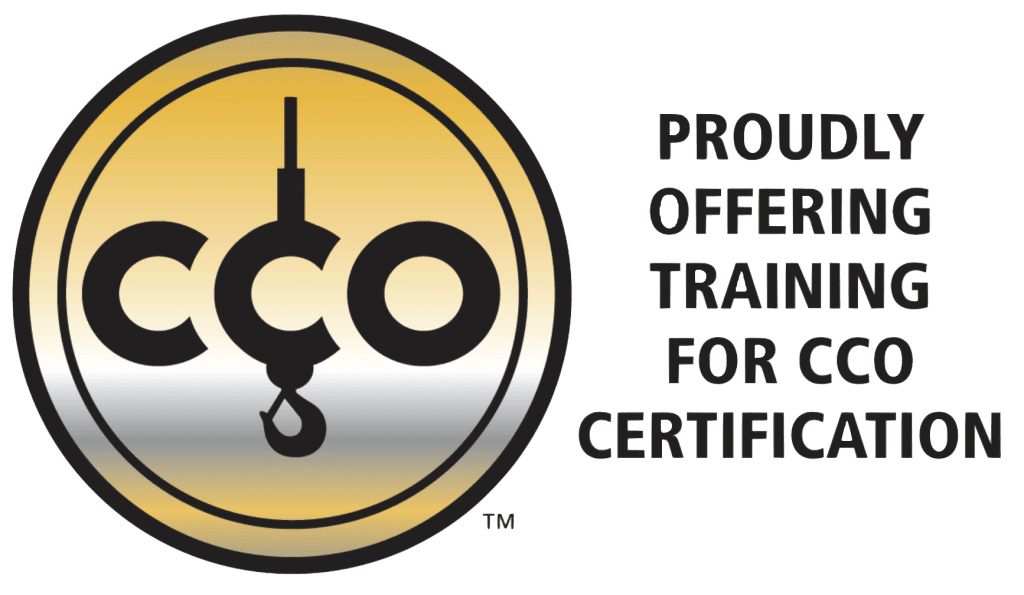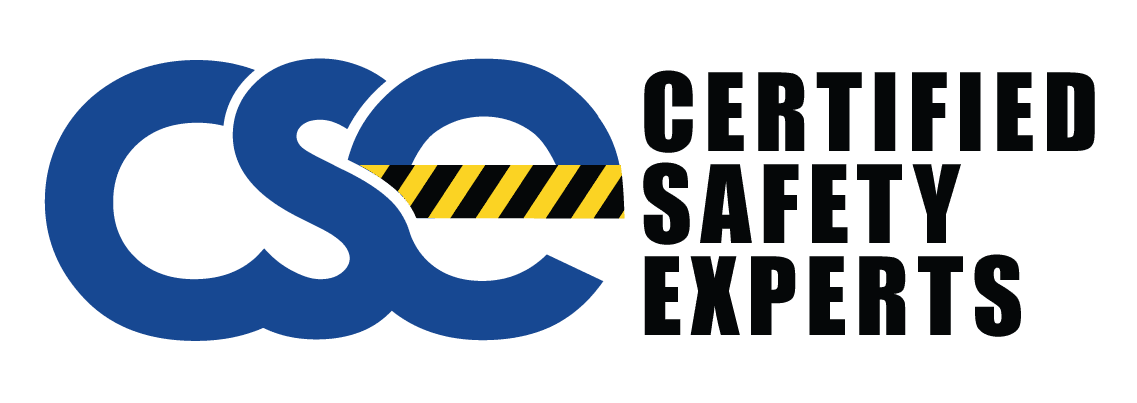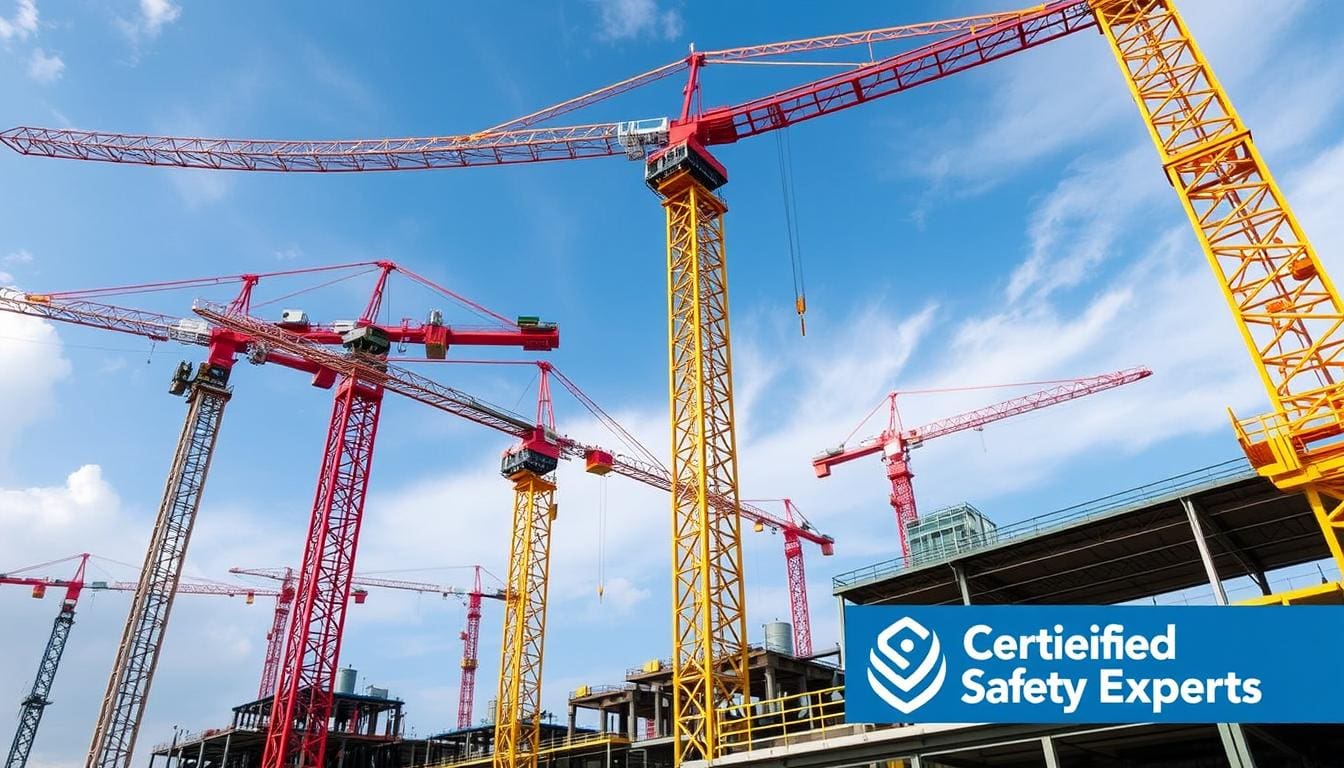Ever wondered what keeps a construction site safe? It’s often a detailed crane inspection checklist. In the construction world, safety is key. Regular checks and crane preventative maintenance are vital for keeping workers and equipment safe. Whether it’s a small crane or a huge one, checking every part carefully can stop big problems and make things safer.
A good crane inspection is all about looking closely at every part. It helps find issues early, which can save time and money. By using a detailed checklist, you can make your crane last longer and follow safety rules. Ready to make a change? Call (919) 326-3742 to book a service and keep your crane running well.
Key Takeaways
- A crane inspection checklist is key to avoiding accidents and keeping cranes safe.
- Regular checks and maintenance can make cranes last longer.
- Both small and big cranes need regular, detailed inspections.
- Good inspections help follow safety rules and avoid expensive delays.
- Regular crane maintenance lowers risks and boosts work efficiency.
Understanding the Importance of Crane Inspections
Crane inspections are key to keeping cranes safe and working well. They spot potential problems before they cause big issues. By using a crane safety checklist, operators can catch wear and tear early. This helps avoid accidents and saves money from downtime.
Following OSHA crane inspection requirements is a must for safety. Not doing so can lead to big legal troubles and risk worker safety. Regular checks make sure cranes are strong and safe, meeting OSHA’s high standards.
Regular crane checks also make cranes last longer. A crane in good shape is less likely to break down unexpectedly. Companies that stick to a crane safety checklist see fewer problems, lower upkeep costs, and safer workers.
In short, regular inspections are vital for meeting OSHA crane inspection requirements and keeping cranes running safely. Taking care of cranes means looking after employees and making sure the equipment lasts longer.
Key Components of a Crane Inspection Checklist
An effective overhead crane inspection covers several key areas. It ensures cranes work safely and efficiently. This helps prevent accidents and equipment failure.
Visual Inspection
The first step is a visual check. Inspectors look closely at all parts for wear, corrosion, or damage. They focus on wires, hooks, and other parts that are easy to see. This helps spot issues that could affect the crane’s strength.
Operational Inspection
Next, the crane’s working parts are checked. This includes the brakes, hoist, and control systems. Making sure everything works right helps spot dangers before the crane is used.
Structural Inspection
The last part is checking the crane’s structure. Inspectors look at beams, the framework, and connections for damage or stress. Fixing these problems early stops big failures and makes the crane last longer.

Crane Safety Checklist: Ensuring Compliance and Safety
Keeping cranes safe means doing detailed checks at different times. Using a special crane inspection form helps make sure everything is looked at carefully. Regular checks spot potential dangers and make sure safety rules are followed.
Daily Safety Checks
Daily checks are key for fixing quick problems. They cover:
- Visual inspection of all crane parts
- Testing how everything works
- Looking at safety gear and emergency stops
- Checking the crane’s load chain and hooks for damage
Doing a daily check early catches problems, keeping the crane safe all day.
Weekly Safety Checks
Weekly checks go deeper than daily ones. They include:
- Looking at all crane parts closely
- Checking the bridge and trolley tracks are lined up right
- Looking at electrical systems and making sure connections are tight
- Testing limit switches and other controls
Using a crane inspection form for weekly checks makes sure nothing is missed. It keeps the crane running well.
Monthly Safety Checks
Monthly checks are thorough, covering daily and weekly tasks. They make sure everything is checked and safety rules are updated:
- Looking at structural parts like hooks, sheaves, and drums
- Checking ropes and chains
- Testing the crane under load
- Looking at safety documents and records
Following a schedule for daily, weekly, and monthly checks keeps everyone and everything safe. It makes sure safety rules are always followed.
How to Perform Overhead Crane Inspections
Inspecting an overhead crane is key to keeping it safe and running well. Doing regular checks helps spot problems early. Here’s a detailed guide on how to inspect these cranes right.

- Look at the hoist for wear signs, like on the hooks, latch, and ropes. Make sure everything moves smoothly and quietly.
- Check the trolley works well. Make sure it moves freely and isn’t blocked or off-track.
- Inspect the bridge for damage or changes in shape. Check welds and joints closely for cracks or damage.
Then, look at the mechanical parts:
- Oil all moving parts to cut down on wear and tear. Make sure everything is well-lubricated.
- Test the brake system to make sure it works right. Brakes are key to stopping the crane safely.
Don’t forget the electrical parts:
- Look at electrical connections for wear, loose spots, or rust. Tighten any loose wires and replace broken ones.
- Check the control panel and switches. They should work fast and right when you press them. Replace any broken parts.
Having a regular crane inspection schedule keeps your crane safe and extends its life. Following these steps ensures your crane stays in top shape.
OSHA Crane Inspection Requirements
Following OSHA crane inspection rules is key for keeping workplaces safe and avoiding fines. OSHA has clear guidelines for crane inspections. These rules help make sure cranes work safely and efficiently. Sticking to these rules keeps workers safe and avoids legal trouble.
OSHA Standards and Regulations
OSHA has strict standards for crane inspections. These rules cover how often, how, and what to look for during inspections. They aim to spot dangers and stop accidents. By doing regular checks, companies keep their workplaces safe and running smoothly.
- Frequent Inspections: Daily to monthly checks focusing on operational and critical components.
- Periodic Inspections: Thorough examination conducted annually or biannually, based on crane usage and operational conditions.
Documentation and Records
Keeping accurate records is vital for meeting OSHA crane inspection rules. Detailed logs of all inspections are key. They prove a company follows the law and can be used as evidence if something goes wrong. These records should have:
- Date and time of each inspection.
- Name and qualifications of the person doing the inspection.
- Notes on what was found, what needs fixing, and what was done to fix it.
Good records help companies meet OSHA rules and build a safety-focused work culture.
Choosing the Right Crane Inspection Form
Choosing the right crane inspection form is key to keeping your cranes safe and well-maintained. It’s vital to pick a form that fits the crane’s type and model. This could be a mobile crane inspection checklist or a tower crane inspection checklist.
- Identification Details: Make sure to include the crane’s make, model, and serial number for easy tracking.
- Inspection Criteria: List specific items to check, based on the crane type. For example, hydraulics for mobile cranes or structural integrity for tower cranes.
- Frequency of Inspections: Include daily, weekly, and monthly checklists to follow different maintenance schedules.
- Customization Options: Be able to change the checklist for unique operational conditions or usage patterns.
A thorough mobile crane inspection checklist can spot problems early and avoid expensive downtime. A detailed tower crane inspection checklist keeps high-rise work safe and efficient. Making sure these forms are filled out carefully at each check-up will help extend your equipment’s life and keep your work flowing smoothly.
Conclusion
Following a detailed crane inspection checklist is key for both efficiency and safety at work. It shows how important regular checks are. These checks help find problems early, making sure you meet OSHA standards.
By sticking to guidelines and doing thorough crane checks, you help your equipment last longer and keep your workers safe. Checking everything visually, operationally, and structurally helps spot dangers fast.
Keeping safety first and following OSHA rules is crucial for every business. With the right steps and tools, companies can focus on safety and doing well. If you need a detailed check, call (919) 326-3742 for a professional service. This step keeps your workplace safe and up to code.




